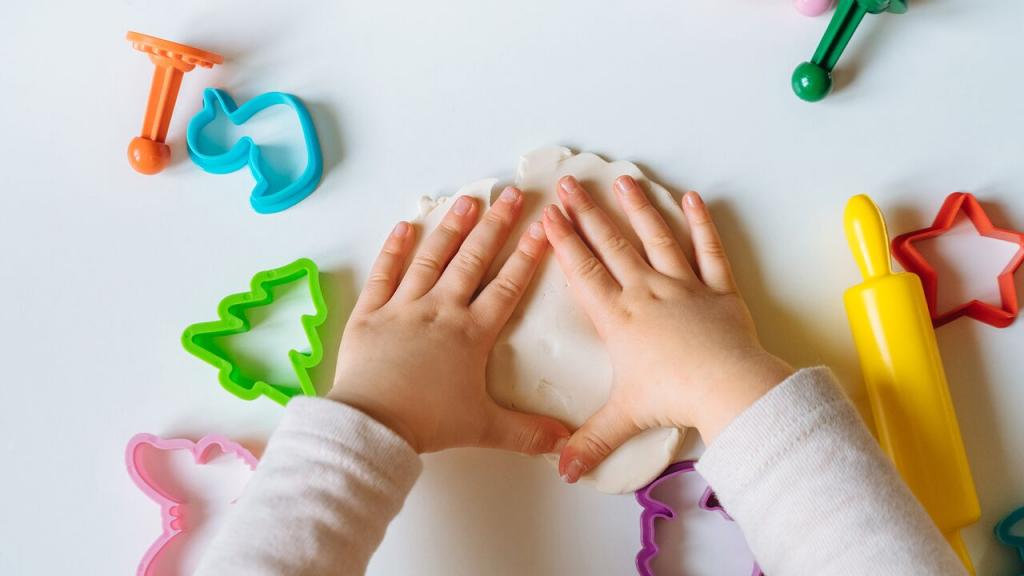
How to Help your Pre-schooler Learn to Write
Learning to write requires many basic skills and a measure of dexterity to be able to start this process. Teachers and skilled preschool educators will confirm this point of view. Introducing writing skills too soon could lead to more complications.
Start with the primary skills and building blocks to reach confidence with writing tools and the maturity to recognise letters. Little fingers need strengthening and eye-hand coordination is important too.
Follow these fundamental tips and see your child’s confidence grow. You will recognise steps towards improvement and enjoyment of handwriting if you get the foundation right.
Fundamental Tips for Teaching Pre-schoolers Handwriting
Learning to write, the formation of letters and handling writing tools is a challenge for little fingers. It requires fine motor skills and eye-hand coordination. These tips help secure confidence and create readiness for further writing skills.
- Play dough: Help strengthen hand muscles and finger dexterity with play dough. It is squishy, squashy and is kept in a tub. You can make your own and have it on hand for good hand and finger exercises.
- Tweezers and tongs: A great way to improve eye-hand coordination is to have a container of small items like little coloured pompoms. Use tweezers or kitchen tongs to pick up the pompoms and transfer them from one container to another. Start with larger items and graduate to smaller things like grains of rice.
- Finger painting: Thicken the paint with some starch and put blobs on some paper. Your child will have great fun sliding the paint around on the paper or using an index finger to draw with. This is messy but fun.
- Stacking and threading toys: There are wonderful stacking toys to build towers or fit inside each other requiring fingers to do the work. Posting shapes into a shape toy and turning the shape to align it is good exercise too. Threading chunky beads help eye-hand coordination too. These exercises are for children who are past-mouthing everything.
- Chalk and chalkboards: Have heaps of fun drawing on a chalkboard and rubbing out patterns and starting again.
- Puzzles and a pencil grip: Find games and puzzles in books that encourage moving a pencil to complete a maze or join the dots. This requires eye-hand coordination and fine motor skills before writing letters.
Putting it into practice -
Keep the activities simple and fun. Join in and do some with your child. Find out what the preschool expects and doesn’t go beyond their expectations. Watch and note the side that is your child’s dominant side. Don’t force them to be left or right-handed. They may be ambidextrous for a while as they learn how to handle a pencil.